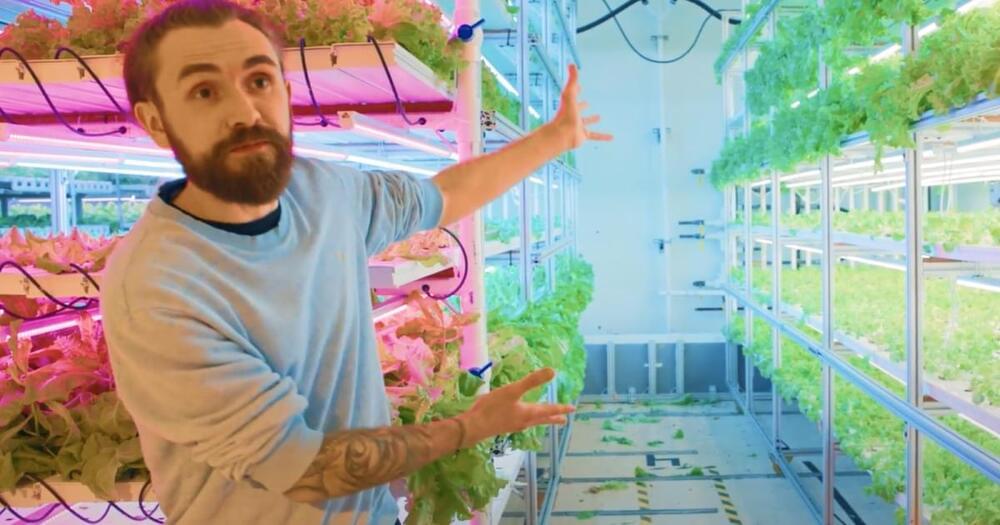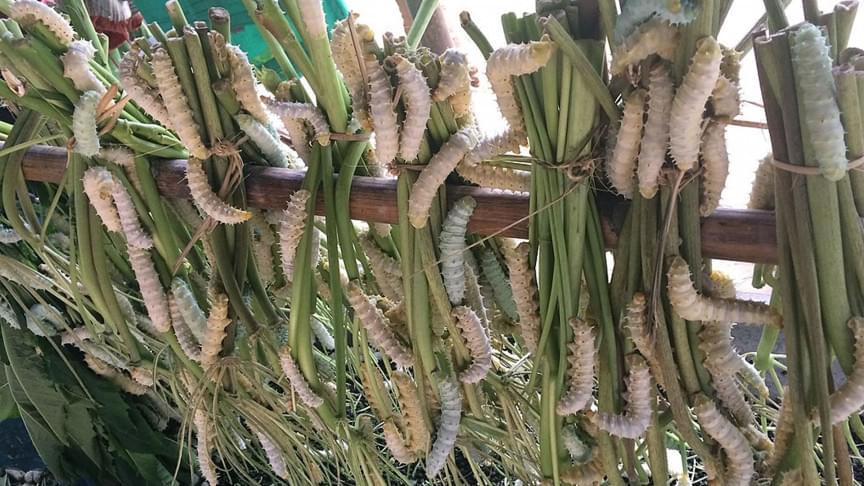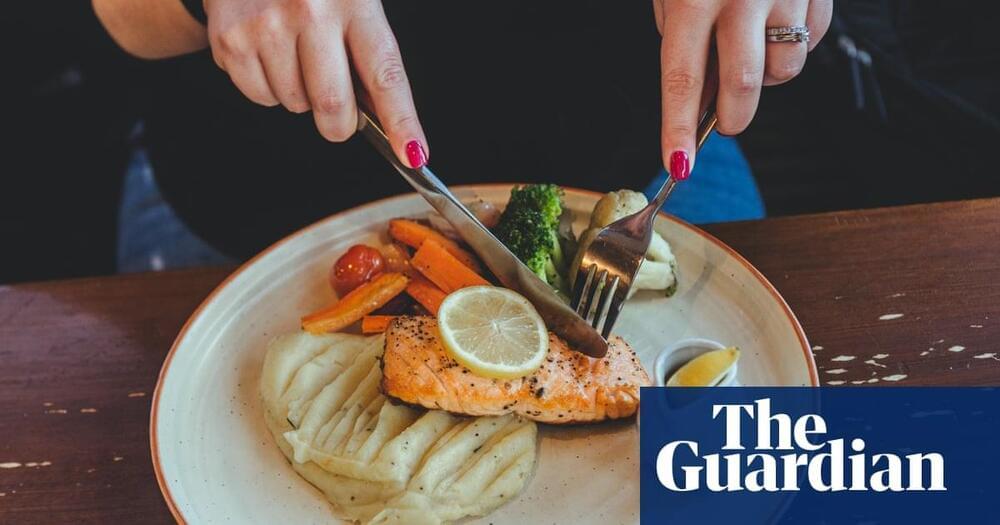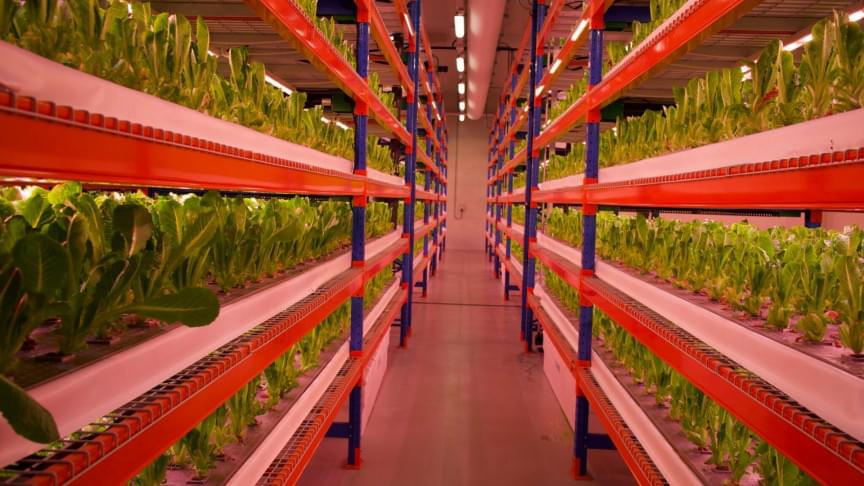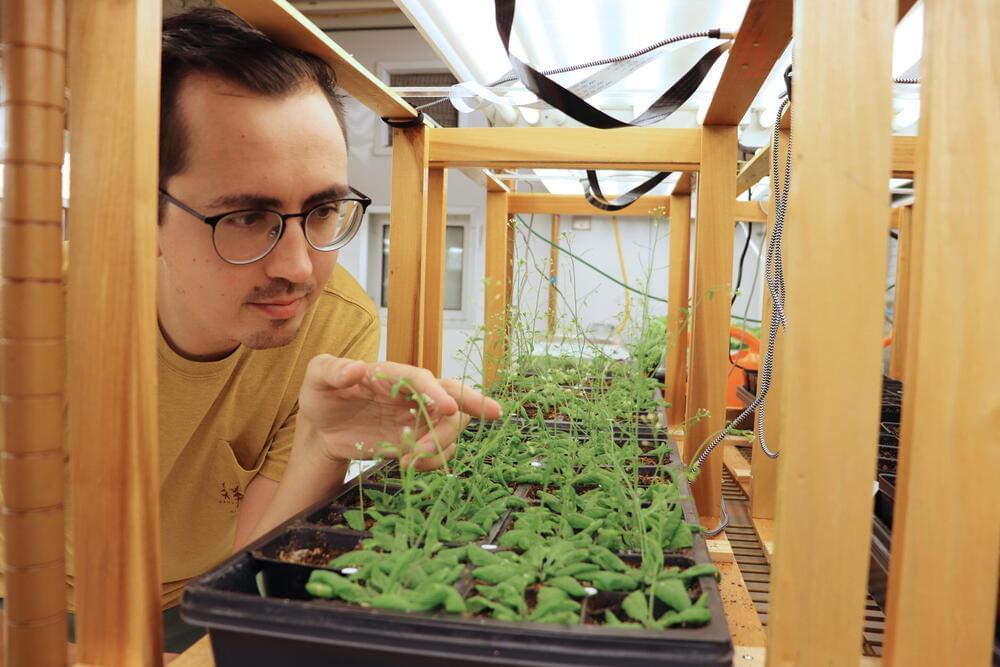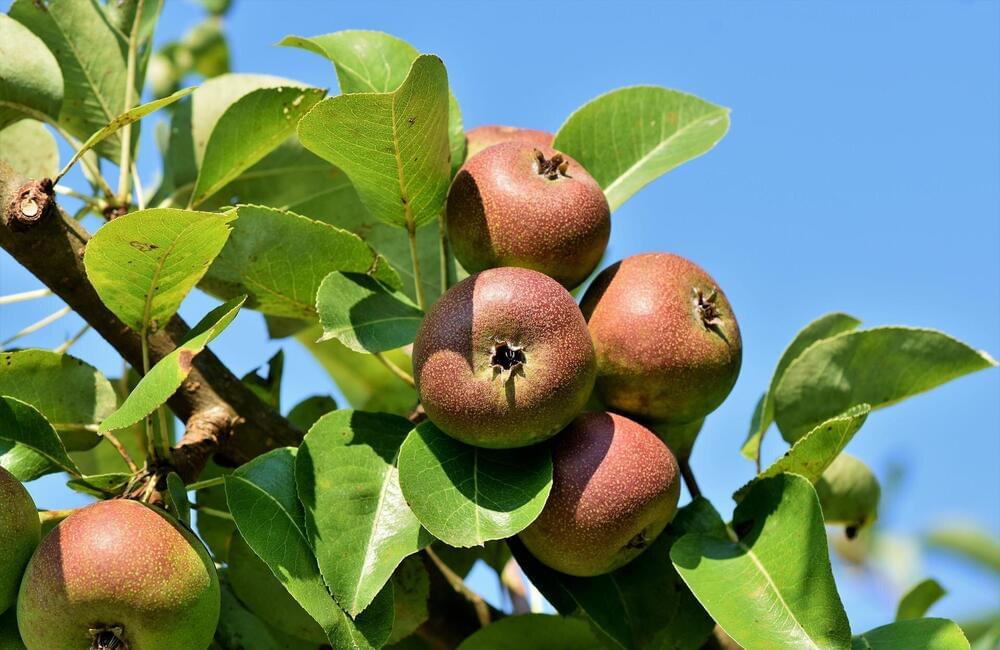Archive for the ‘food’ category: Page 98
Jul 22, 2022
MIT researchers develop silk capsules to replace microplastics
Posted by Genevieve Klien in categories: food, sustainability
Researchers have created a biodegradable system based on silk to replace the microplastics used in paints, cosmetics, and agricultural products.
Jul 22, 2022
Silk offers alternative to some microplastics
Posted by Shubham Ghosh Roy in categories: chemistry, engineering, food
Microplastics, tiny particles of plastic that are now found worldwide in the air, water, and soil, are increasingly recognized as a serious pollution threat, and have been found in the bloodstream of animals and people around the world.
Some of these microplastics are intentionally added to a variety of products, including agricultural chemicals, paints, cosmetics, and detergents—amounting to an estimated 50,000 tons a year in the European Union alone, according to the European Chemicals Agency. The EU has already declared that these added, nonbiodegradable microplastics must be eliminated by 2025, so the search is on for suitable replacements, which do not currently exist.
Now, a team of scientists at MIT and elsewhere has developed a system based on silk that could provide an inexpensive and easily manufactured substitute. The new process is described in a paper in the journal Small, written by MIT postdoc Muchun Liu, MIT professor of civil and environmental engineering Benedetto Marelli, and five others at the chemical company BASF in Germany and the U.S.
Jul 22, 2022
Bananas and salmon help counter effect of salt in women’s diet, study finds
Posted by Shubham Ghosh Roy in categories: biotech/medical, food
Eating foods such as bananas, avocados and salmon could help reduce the negative effects of salt in women’s diet, research suggests.
The study found that potassium-rich diets were associated with lower blood pressure, particularly in women with high salt intake.
Jul 19, 2022
The world’s largest vertical farm using 95% less water opens in Dubai
Posted by Gemechu Taye in categories: food, sustainability
Jul 19, 2022
The food crisis in Nigeria is extremely concerning — World Food Programme (WFP)
Posted by Quinn Sena in category: food
The United Nations (U.N.) has released a report indicating that food insecurity in parts of Nigeria has reached “catastrophic” levels.
Jul 19, 2022
The missing links: Finding function in lincRNAs
Posted by Shubham Ghosh Roy in categories: biotech/medical, food
Genomes contain regions between protein-coding genes that produce lengthy RNA molecules that never give rise to a protein. These long intergenic non-coding RNAs (lincRNAs) are thought to have important functions, such as regulating responses to environmental change. However, a paucity of well-annotated lincRNA data, especially for crop plants, has precluded a deeper understanding of their roles.
Up until now, there have been no systematic genome-wide studies that both confirmed DNA sequences that produce lincRNAs and proposed functions for those lincRNAs. Plus, data are reported differently across studies, making direct comparisons among them difficult.
These barriers inspired researchers at the Boyce Thompson Institute to take a comprehensive look at the identity, production and function of lincRNAs in four species in the mustard family, including the model organism Arabidopsis thaliana, and Brassica rapa, a species that produces boy choy, turnips and other food crops.
Jul 19, 2022
Agricultural engineers design early step for robotic, green-fruit thinning
Posted by Shubham Ghosh Roy in categories: biological, food, robotics/AI
Penn State agricultural engineers have developed, for the first time, a prototype “end-effector” capable of deftly removing unwanted apples from trees—the first step toward robotic, green-fruit thinning.
The development is important, according to Long He, assistant professor of agricultural and biological engineering, because manual thinning is a labor-intensive task, and the shrinking labor force in apple production makes manual thinning economically infeasible. His research group in the College of Agricultural Sciences conducted a new study that led to the end-effector.
The apple crop is a high-value agricultural commodity in the U.S., with an annual total production of nearly 10 billion pounds and valued at nearly $3 billion, according to He, who is a leader in agricultural robotics research, previously developing automated components for mushroom picking and apple tree pruning. Green-fruit thinning—the process of discarding excess fruitlets in early summer, mainly to increase the remaining fruit size and quality—is one of the most important aspects of apple production.
Jul 19, 2022
Rising food prices sees increased numbers of people going hungry worldwide
Posted by Shubham Ghosh Roy in category: food
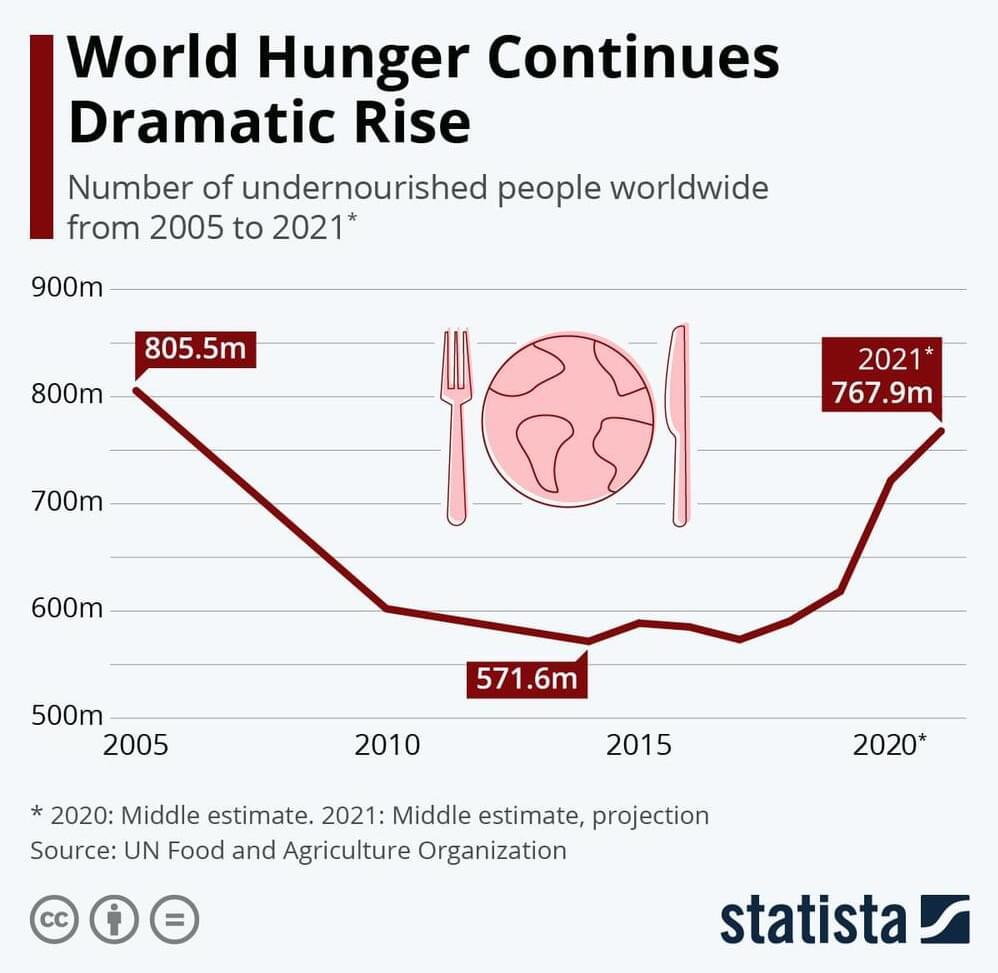
The latest Food Security and Nutrition in the World report reveals the extent of global hunger, with the number of malnourished people has increased for the sixth year in a row.
Jul 17, 2022
Vertical farms could take over the world
Posted by Raphael Ramos in categories: energy, food, space, sustainability
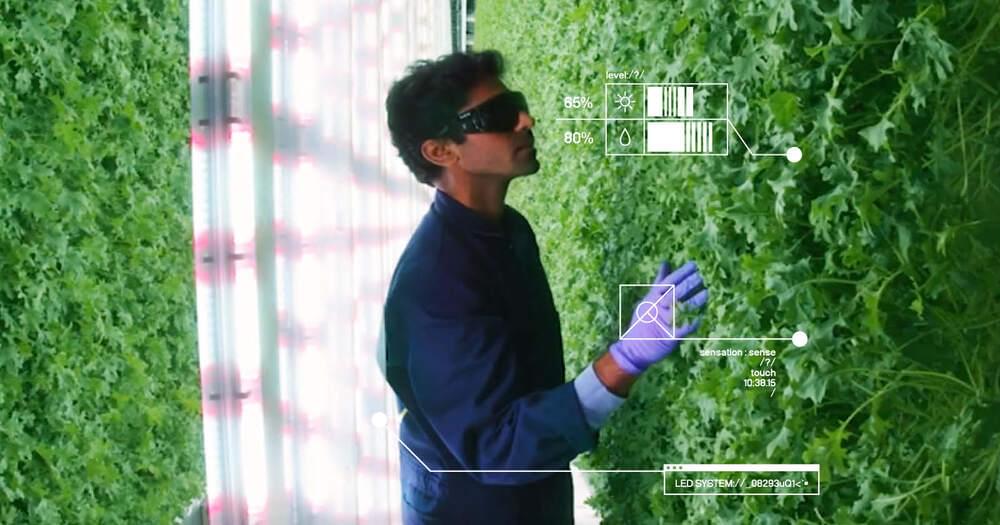
Vertical farming saves water, land, and energy — and it could be how we grow food on Mars.
